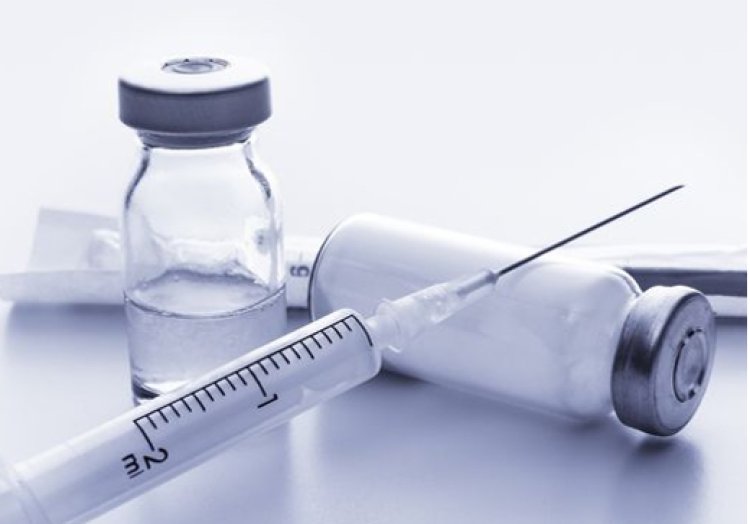A Pan-Cancer Vaccine with Potential for Universal Treatment
Cancer is a major global public health problem. In recent years, the global incidence of cancer has been increasing due to factors such as diet, the environment, and the aging of the population, and cancer is becoming increasingly prominent as the leading cause of death.
Share this Post to earn Money ( Upto ₹100 per 1000 Views )

Cancer is a major global public health problem. In recent years, the global incidence of cancer has been increasing due to factors such as diet, the environment, and the aging of the population, and cancer is becoming increasingly prominent as the leading cause of death.
To date, the tools available to treat cancer have been chemotherapy, radiation therapy and surgery. On the way to treating cancer, medical researchers have been exploring vaccines to fight cancer; for example, the development of vaccines against HPV-related diseases has reduced the risk of cervical cancer and other types of cancer. Most of these vaccines are therapeutic vaccines that target specific surface proteins expressed by tumor cells, and once these surface proteins are mutated, the vaccine's protection decreases.
On May 25, 2022, researchers from Harvard University published a paper entitled "A vaccine targeting resistant tumors by dual T cell plus NK cell attack" in the leading international journal Nature.
Researchers have developed a new and more versatile vaccine designed for cancer that helps the immune system eliminate tumor defenses to destroy cancer by inducing different T cells and natural killer cells to attack synergistically so that they can perform a broader range of immune functions. The researchers believe that the vaccine could be used to treat a wide range of cancers.
In the study, researchers developed a conceptual new cancer vaccine that points to the tumor immune escape mechanism. The vaccine targets MICA and MICB stress proteins on the surface of tumors, which are produced in large quantities when the body suffers excessive DNA damage due to cancer, but are barely detectable in healthy cells.
This vaccine works by eliminating one of the main defense strategies used by tumors. The vaccine-induced antibodies inhibit tumor cells from segmenting MICA and MICB, reducing the likelihood that they will activate immune cells and thus evade immune attack. When the MICA and MICB proteins attached to the tumor surface are shed, the tumor is free to grow. At the same time, the cytotoxic function of natural killer cells is enhanced and the cross-presentation of T cells is increased, accelerating the immune system to destroy tumors. The vaccine disrupts this cleavage process by increasing the density of proteins on the surface of tumor cells, which the researchers call "stimulating protective immunity.
Vaccination experiments were conducted in MICB transgenic mice, similar to human cancer cells, and showed that vaccinated mice inhibited MICB shedding to undetectable levels and significantly increased cell surface protein density of MICB in melanoma cells, and that the vaccine showed significant efficacy in controlling melanoma and lymphoma cells expressing MICB or MICA.
To assess vaccine-induced immune memory, mice were "reattacked" with melanoma 4 months after initial immunization and found to be completely protected.
In addition, the researchers tested the prevention of metastatic and recurrent tumors by immunizing mice after surgical removal of the primary tumor, using two models of spontaneous metastasis, a melanoma model and a triple-negative breast cancer model.
The results showed that the vaccine greatly reduced the number of lung metastases detected in both models more than 1 month after surgery, and histological analysis of lung sections further showed that the vaccine resulted in a significant reduction in the number and size of metastases compared with controls.
Similarly, the researchers tested vaccine safety and immunogenicity in rhesus monkeys, showing that all four rhesus monkeys produced anti-MICA and anti-MICB antibodies after immunization and that titers increased 100-1000-fold with subsequent boosters, and no clinical side effects were observed after immunization, providing preliminary evidence for the safety of the vaccine.

 catalinagarcia
catalinagarcia 



